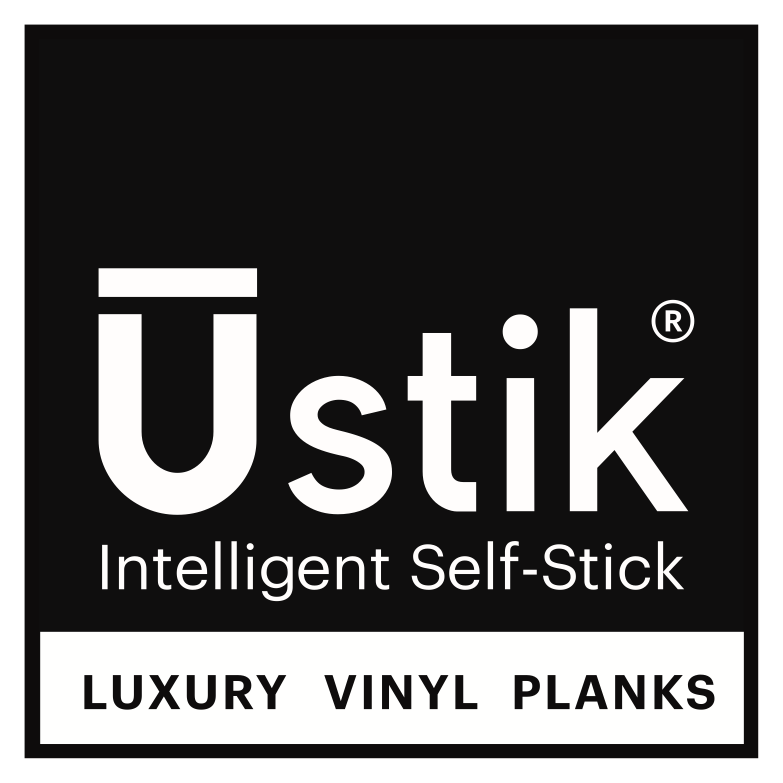Every seasoned renovator knows that your choice of flooring will not only have an enormous impact on the completed look and feel of your home, but also on your renovation budget.
While timber planks, tiles and carpet have long been the go-to product options for home renovators, timber look vinyl flooring is fast becoming a popular choice—but if you’ve never used it before, you’re probably wondering how it compares to the alternatives.
That’s why we’ve pulled together this overview of how this innovative flooring option performs compared to other flooring types...
Acoustics
The acoustic performance of a flooring option is largely determined by the degree to which sound bounces or is absorbed by the surface.
The hard surfaces of tiled and wooden floors tend to deliver the lowest acoustic performance. Carpet usually provides the best acoustic performance, however it simply isn’t suitable for use in every area of the home.
Vinyl plank flooring delivers the best of both worlds—the absorptive properties of vinyl flooring helps to reduce sound pollution, while still proving to be a suitable flooring choice for any area of the home, or even commercial spaces.
Practicality
Carpet tends to be the least practical flooring option—not only can it stain and tear easily, but it also requires regular steam cleaning to prevent dust and allergen build up.
Tiles and timber are great hard-wearing options that are easy to clean and can handle heavy foot traffic, however they do have their disadvantages. Tiles can be prone to cracks (which can be difficult to replace), while timber can be susceptible to scratches and water damage.
Vinyl plank flooring is a great family friendly alternative—it’s very easy to keep clean with regular vacuuming and mopping. It’s also a durable option—it's scratch resistant and waterproof, however it’s also a relatively simple process to replace any damaged planks if you ever needed to.
Comfort
Few flooring options can compare to the comfort of carpet, but in areas of the home where carpet isn’t suitable, luxury vinyl planks can be an excellent alternative. Not only does it provide greater cushioning compared to hard timber or tiles, but you also have the option to lay it with an underlay to add an additional layer for extra comfort underfoot.
Affordability
Cost is hugely important when choosing a flooring material, and the cost difference of each type of flooring can be significant.
While price can vary dramatically based on whether you select a standard or luxury-level product, here’s what you can generally expect to pay for each flooring option:
● Carpet: between $20 and $250 per square metre, plus $25 to $45 per square meter for installation.
● Tiles: between $30 and $150 per square meter, plus $30 to $120 per square metre for installation.
● Timber: $65 to $155 per square metre, plus $25 to $35 for installation and $25 to $60 per square metre for sanding and polishing.
● Timber look vinyl planks: $15 to $50 per square metre, $15 per square metre for underlay (optional), plus $25 to $35 for installation (if you choose to have it professionally installed).
Ustik: The Perfect Solution
A key benefit of opting for vinyl plank flooring is that most DIY-ers can manage the installation themselves, making it a very affordable alternative—and that’s where Ustik’s self-stick rubber backed vinyl plank flooring are an ideal choice. The innovative self-stick design makes installation simple, without the need for messy glues or screeds.
Find out more about how they’re installed, or take a look at our extensive range of luxury vinyl planks to see which of our affordable flooring options most appeals to you.



